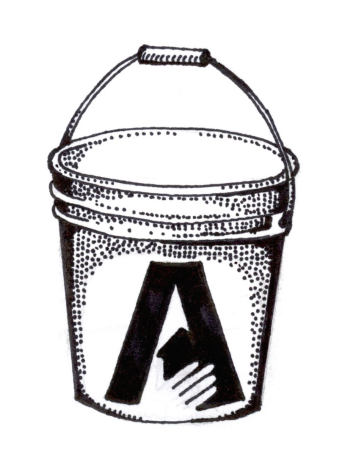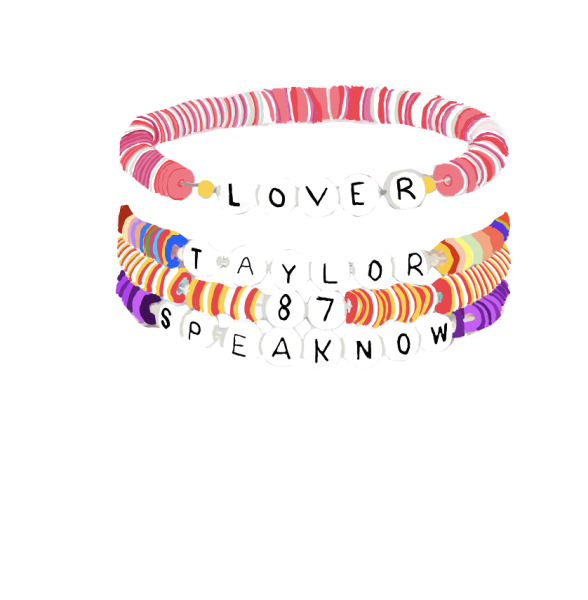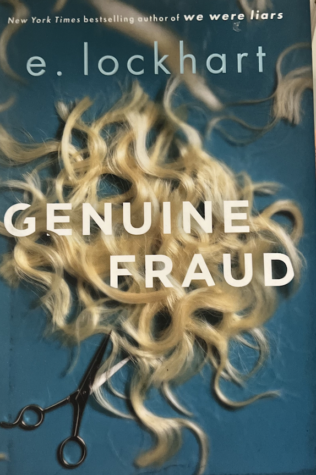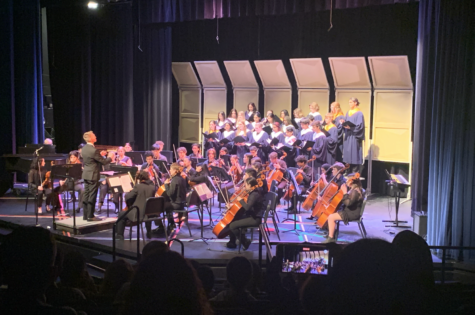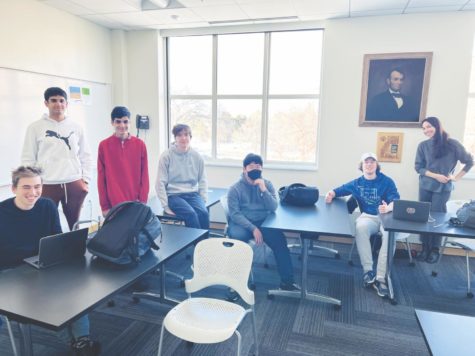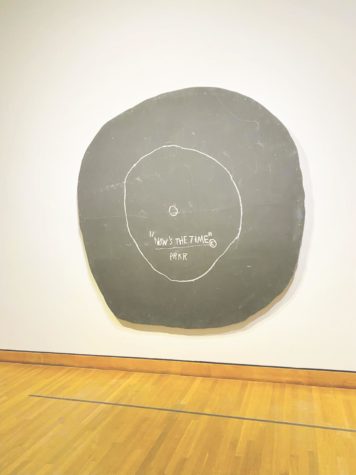A bang for your bucket
Everyone’s heard of the ALS ice bucket challenge. One can only watch so many videos of distant friends screaming and pouring water on themselves without it getting old. The challenge, which started off as a way to raise awareness (and more importantly, donations) for finding a cure to ALS, is now viewed as simply a “congestion” of social media feeds. Here’s where the complications set in, and the original intention of the campaign is confused with teenage entertainment.
Ask around. The many students at Blake have recorded and posted themselves participating in the ALS ice bucket challenge. However, a select few actually know what ALS stands for and reality of the symptoms.
“Amyotrophic lateral sclerosis, often referred to as Lou Gehrig’s disease, is a progressive neurodegenerative disease that affects nerve cells in the brain and spinal cord.” This is the definition given by alsa.org, the ALS association that is accepting donations from challenge participants.
ALS often leads to paralysis, which then causes loss of speech and the ability to breathe independently, and eventually death within two to five years of diagnosis. There is no cure, only drugs that can extend survival. The fatality of the disease makes a cure extremely important. 5,600 people are diagnosed every year, and up to 30,000 Americans are currently affected and only 4% survive longer than 10 years.
However, ALS is a fairly rare disease, and so scientists have never completely dedicated extensive research on finding a cure due to lack of demand and economic compensation. Money collected from donations is being given directly to research for a potential cure, and yet many people have not donated who have been nominated for the ice bucket challenge. The vanity of the challenge causes it to spread mostly because the majority of the videos feature attractive young people in swimsuits, and the challenge’s true cause is easily forgotten in the attention-hype.
In the words of Greta Morgan ’15, the challenge “has somehow devolved into a narcissistic display for Facebook friends”. Donations are seen as a chore that is given to people who fail to go through with the challenge instead of the main idea of the challenge itself.
The chaos began when the ice bucket challenge went viral thanks to Pete Frates, who was diagnosed with ALS in March 2012. His goal was to create awareness of ALS on such a level that philanthropists like Bill Gates would take notice, and he turned to social media to aid his cause.
Rumors have spread about the ice’s freezing temperature supposedly simulating nerves to feel paralyzed for a brief moment, but in reality the challenge was likely an adaptation of the previously popular “Polar Bear Plunge” and “Cold Water Challenge”; so was born the challenge known across the country today. Many celebrities have joined in the hype, such as the Fault in our Stars actor Ansel Elgort, Martha Stewart, Oprah Winfrey, and countless others. As Frates had hoped, even Bill Gates caught on and dumped a bucket of ice over his head.
Even though the motives of the challenge have shifted to those of a shallower and insufficient breed, it has raised incredible awareness in the media. More money has been donated to the cause this past summer than in any of the years before.
Many ALS patients themselves have taken on the ice bucket challenge to raise awareness and to thank those that have been donating. Most of them have lost their ability to speak and relied on a relative to read a script off for them in their videos. They all mentioned how they need the community’s help to fight back and find a cure.
But how can dumping a bucket of ice water on your head cure a disease? Believe it or not, in patients’ eyes, the ice bucket challenge has made a difference. It has begun to give ALS the exposure it needs. Relatives of ALS patients are also grateful for the attention that the challenge has raised, and for the support of their peers that participate in the challenge.
Serena Swanson ‘17 lost her grandmother to ALS, and she says, “Before my grandma died, I remember that she had to write everything down because she couldn’t speak, and she ate through a tube that went into her stomach. I didn’t get involved with the disease until years after she passed, but now every year my cousins and I walk around our neighborhood asking for donations and participate in the Walk to Defeat ALS around Lake Harriet.” Phoebe Warner ‘16 had a soccer coach suffer from ALS, a coach that to her “became a second dad.”
So go, Blake students, and educate the internet about the true nature of Lou Gehrig’s disease. Enjoy the video of Tom Hiddleson screaming in a wet white t-shirt, and giggle over whether or not you nominate your crush; all the fun aspects of the challenge are fine and have helped it gain popularity this past year. Just remember to keep in mind that the ALS ice bucket challenge is a serious movement, and your donations are worth even more than your awareness.

